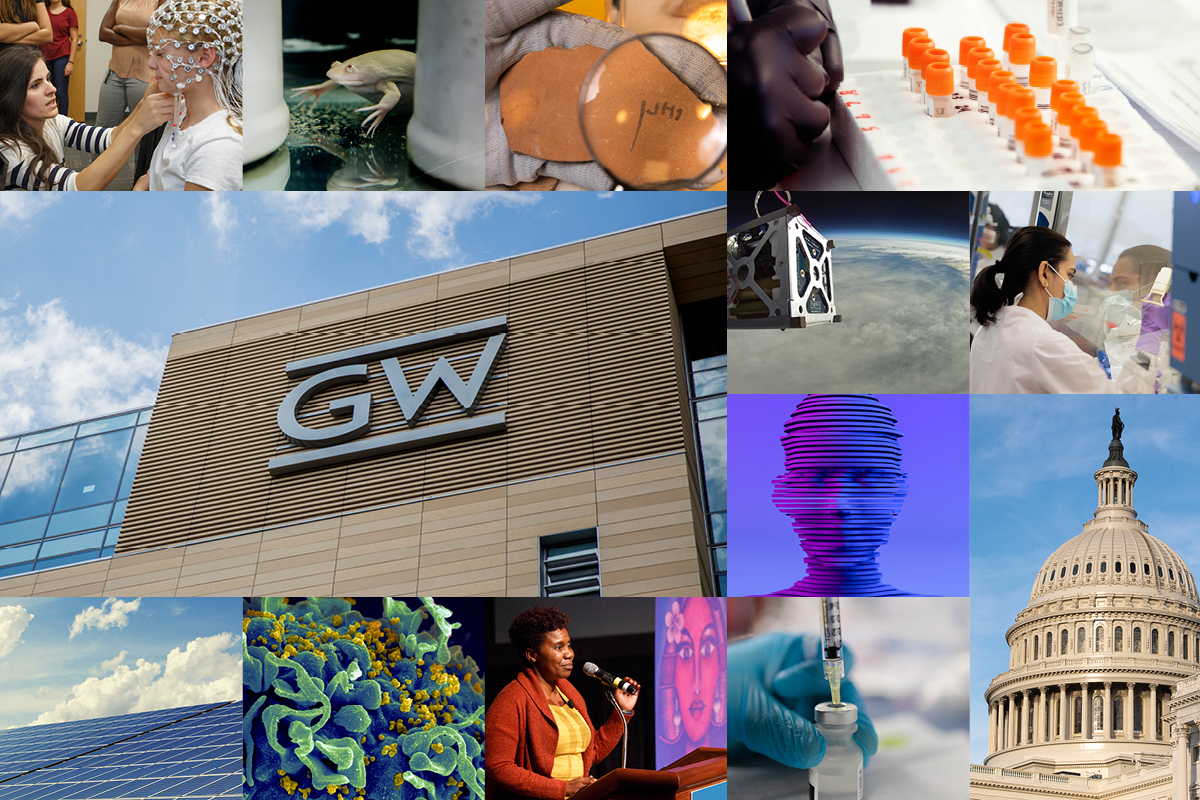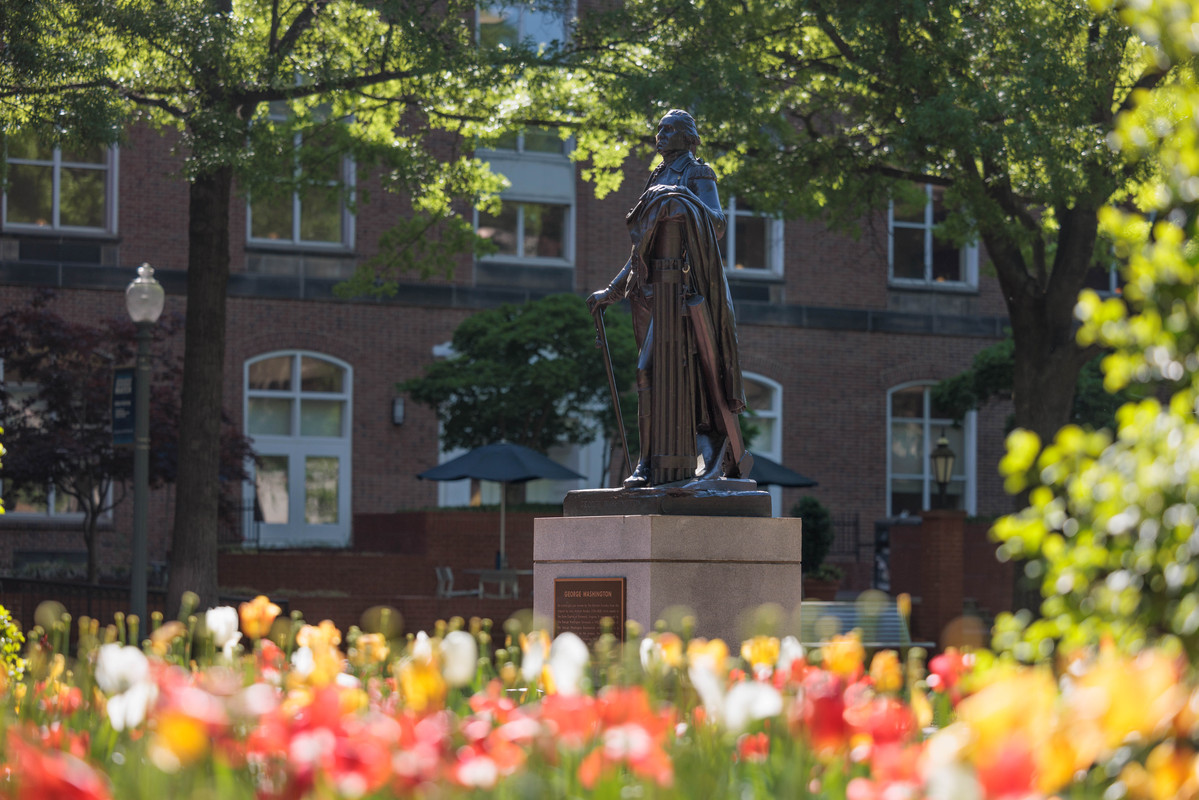Tuition for new, incoming first-year and transfer undergraduate students, as well as returning second-, third- and fourth-year students enrolling at the George Washington University in fall 2024, will be $67,420, a 4.2 percent increase from the 2023-24 tuition rate of $64,700. Mandatory fees remain $290, which includes the Student Government Association fee and a subsidized transportation fee for unlimited use of Metrorail and Metrobus.
For incoming first-year students, the university has set a base rate for housing and dining of $16,920, a $620 increase from the previous year. The base residence hall room rate is $11,020, and the dining rate is $5,900 for the academic year.
Because second-, third- and fourth-year students have more room options, such as suites and apartment-style living, housing rates vary for continuing students. GW’s five tiers of on-campus housing rates and dining plan options are available online.
The year-to-year increase in the estimated cost of attendance for a continuing undergraduate student is 3.75 percent, and for a new, first-year student it is 4 percent. The estimated cost of attendance includes direct costs (tuition, housing, dining and fees) and indirect costs (books, transportation and personal expenses). The actual total cost of attendance varies by student.
Full-time undergraduate students who entered GW in spring 2020, and have maintained continuous enrollment, will pay the fixed-tuition rate of their entering class year. This is the last cohort of fixed-tuition students.
Graduate tuition rates, which vary by program, will be updated on the Student Accounts webpage as they are approved this spring.
Financial assistance in the form of scholarships and need-based aid can change the lives of talented students and their families by providing access to higher education. As part of its commitment to making a GW experience a realistic option for students, GW continues to invest in students through Open Doors, the university’s scholarship and fellowship fundraising initiative. Support from generous donors helps close the financial gap for many students and their families. Last year, 99 percent of matriculated financial aid applicants who demonstrated need received some form of financial assistance.




